![Berliner Philharmoniker, Sir Simon Rattle - Brahms: Ein deutsches Requiem, Op. 45 (2007) [Official Digital Download 24bit/44,1kHz] Download](https://i0.wp.com/imghd.xyz/images/2022/09/10/0825646328796_600.jpg?resize=500%2C500&ssl=1)
Berliner Philharmoniker, Sir Simon Rattle – Brahms: Ein deutsches Requiem, Op. 45 (2007)
FLAC (tracks) 24 bit/44,1 kHz | Time – 01:07:06 minutes | 582 MB | Genre: Classical
Studio Masters, Official Digital Download | Digital Booklet, Front Cover | © Warner Classics International
The German Requiem is Brahms’ largest single composition and a pivotal work in his own creative life. It bears little relation to the Messa da Requiem of Catholic liturgy. Less a requiem for the dead, it is more an act of consolation for the bereaved. Brahms told Karl Reinthaler, the choirmaster (and trained theologian) who helped prepare the work’s premiere in Bremen in 1868: ‘I could easily dispense with the word “German” and replace it with “Human”.’ Like Heinrich Schütz in his 1636 burial mass, Musikalische Exequien, Brahms sets German- language texts drawn from the Bible. Many are familiar from Protestant funeral rites used in Germany and elsewhere; the emphasis, however, is very much Brahms’s own.
Some of the music used in the German Requiem can be traced back to 1854, when Brahms launched an ambitious plan to write a four- movement symphony in D minor. This eventually became his First Piano Concerto, though he also set aside certain material, including a slow Scherzo in the form of a sarabande. The basis of the second-movement funeral march in theGerman Requiem (‘For all flesh is as grass’), the sarabande was first used in 1858 in Brahms’s seven-movement, seven-minute Begräbnisgesang (‘Burial Song’), a graveside anthem of rare concentration and intensity scored for mixed chorus and wind band. Schumann’s death, and the grief of his widow, may have been the inspiration behind the piece.
The achievement of the German Requiem, its musical and dramatic reach, helped point the way forward to Brahms’s most cherished goal: the fashioning of a long-awaited first symphony. He nonetheless continued to write sacred music until the end of his life. Indeed, the late flowering of the ancient German Protestant Motet might be regarded as one of his most singular achievements.
Tracklist:
01. Dorothea Röschmann, Thomas Quasthoff, Rundfunkchor Berlin, Berliner Philharmoniker, Sir Simon Rattle – Ein deutsches Requiem, Op. 45: I. Selig sind, die da Leid tragen (09:55)
02. Dorothea Röschmann, Thomas Quasthoff, Rundfunkchor Berlin, Berliner Philharmoniker, Sir Simon Rattle – Ein deutsches Requiem, Op. 45: II. Denn alles Fleisch es ist wie Gras (14:14)
03. Dorothea Röschmann, Thomas Quasthoff, Rundfunkchor Berlin, Berliner Philharmoniker, Sir Simon Rattle – Ein deutsches Requiem, Op. 45: III. Herr, lehre doch mich (09:13)
04. Dorothea Röschmann, Thomas Quasthoff, Rundfunkchor Berlin, Berliner Philharmoniker, Sir Simon Rattle – Ein deutsches Requiem, Op. 45: IV. Wie lieblich sind deine Wohnungen (04:54)
05. Dorothea Röschmann, Thomas Quasthoff, Rundfunkchor Berlin, Berliner Philharmoniker, Sir Simon Rattle – Ein deutsches Requiem, Op. 45: V. Ihr habt nun Traurigkeit (07:34)
06. Dorothea Röschmann, Thomas Quasthoff, Rundfunkchor Berlin, Berliner Philharmoniker, Sir Simon Rattle – Ein deutsches Requiem, Op. 45: VI. Denn wir haben hie keine bleibende Statt (10:43)
07. Dorothea Röschmann, Thomas Quasthoff, Rundfunkchor Berlin, Berliner Philharmoniker, Sir Simon Rattle – Ein deutsches Requiem, Op. 45: VII. Selig sind die Toten (10:30)
Download:
























![London Symphony Orchestra & Sir Simon Rattle – Britten: Spring Symphony, Sinfonia da Requiem, The Young Person’s Guide to the Orchestra (2024) [Official Digital Download 24bit/96kHz]](https://imghd.xyz/images/2024/04/18/cd9e1tfo05kba_600.jpg)
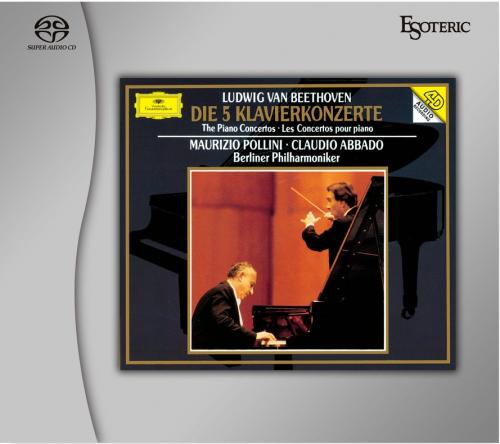
![Maurizio Pollini, Berliner Philharmoniker, Claudio Abbado – Beethoven: The Piano Concertos [3 SACDs] (1992-1993/2021) SACD ISO](https://imghd.xyz/images/2024/04/04/2708b921cffc27fe98873b8146c3e5d4.jpg)
![Mitsuko Uchida, Berliner Philharmoniker, Sir Simon Rattle – Beethoven: Piano Concertos Nos. 1-5 (2010/2019) [3x SACD] MCH SACD ISO](https://imghd.xyz/images/2024/03/10/ea7d2bbfe396ca5557263bf7437fee00.jpg)
![Berliner Philharmoniker featuring Jascha Horenstein – Mahler Sympohony No. 5 live conducted by Jascha Horenstein (Live HD Mastering 2024) (2024) [Official Digital Download 24bit/96kHz]](https://imghd.xyz/images/2024/03/07/mm6x4qfd3wanc_600.jpg)
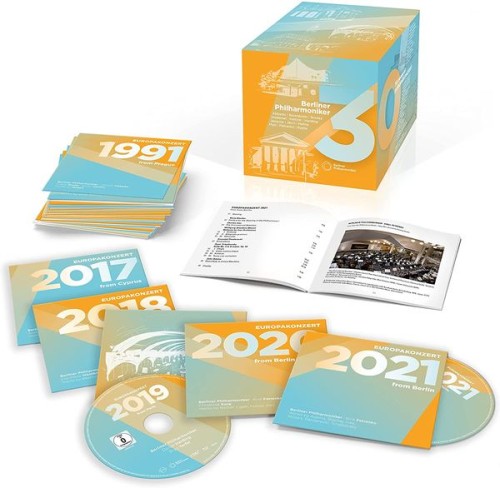
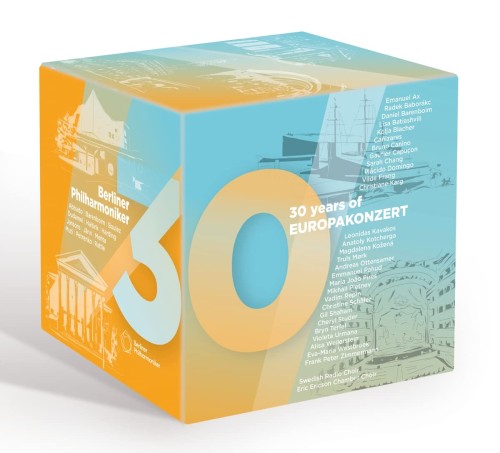
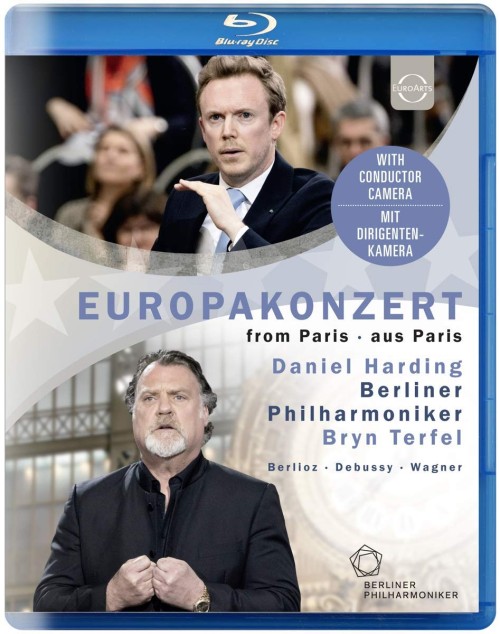
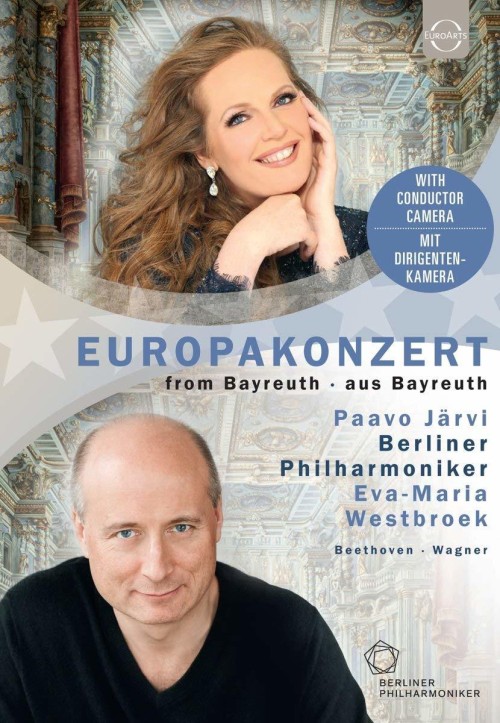
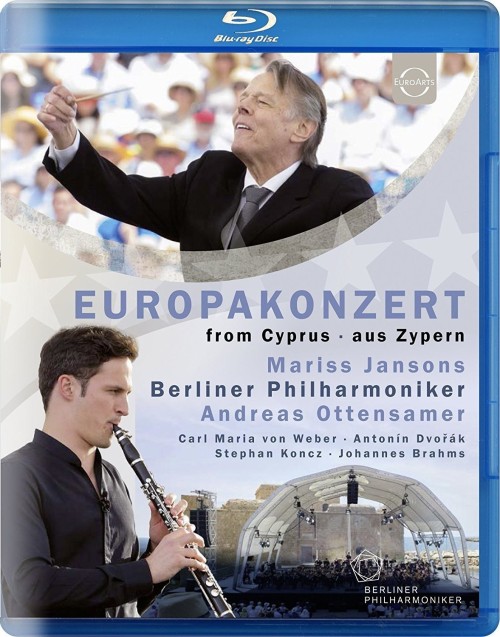
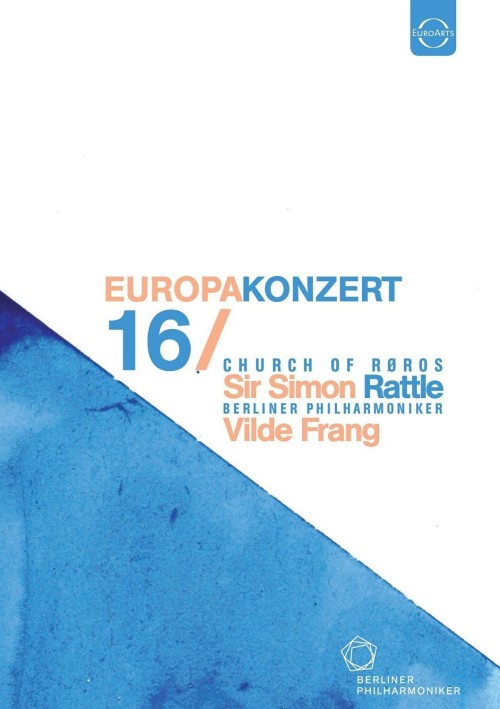
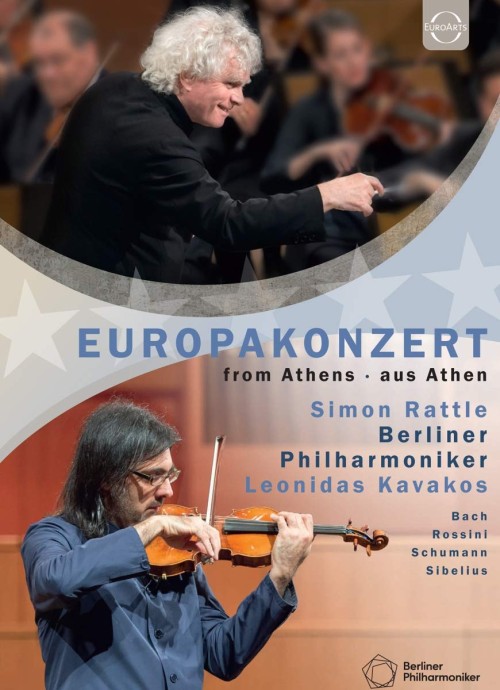
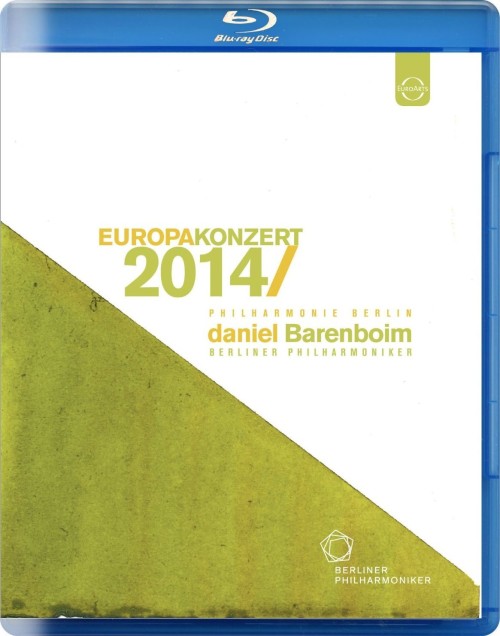
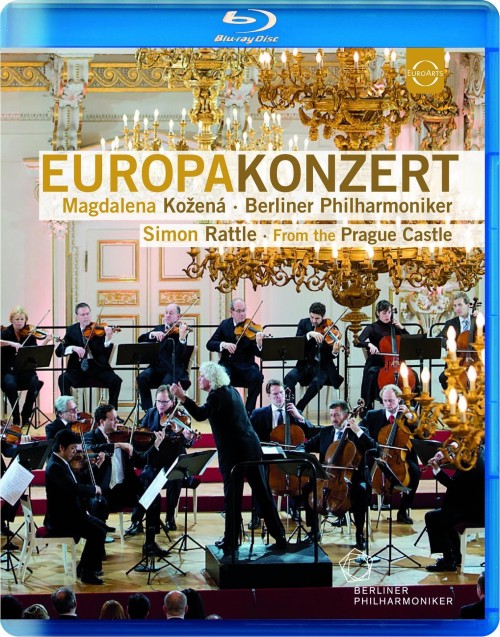
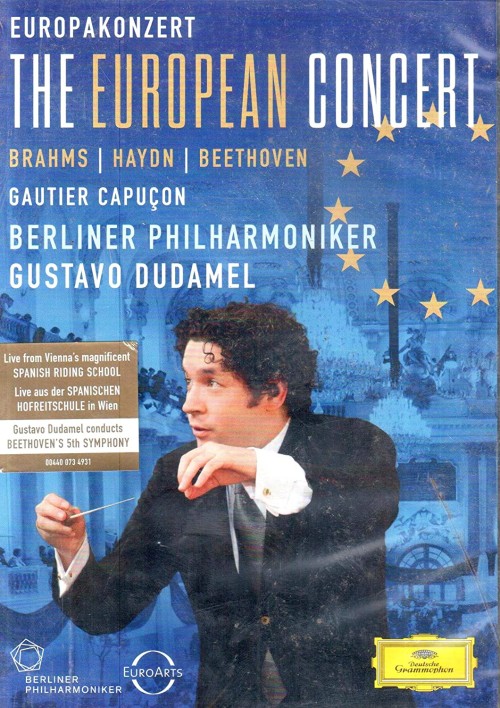
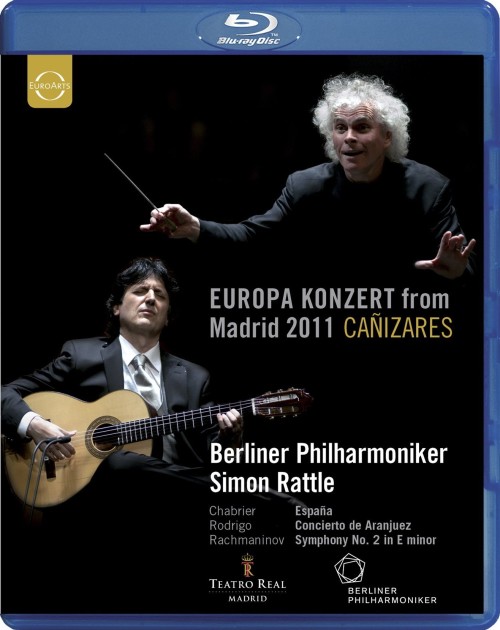
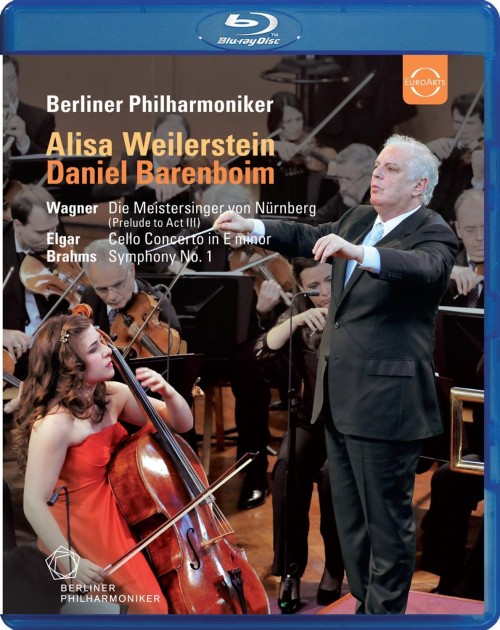
![Sir Simon Rattle – Janáček Katya Kabanova (2024) [24Bit-192kHz] FLAC [PMEDIA] ⭐️](https://imageurl.xyz/images/2024/02/25/ab67616d0000b27386bcfb08e80ea8cd3e92ff36.md.jpg)
![Amanda Majeski, Simon ONeill, Katarina Dalayman, London Symphony Orchestra & Sir Simon Rattle – Janáček: Katya Kabanova (2024) [Official Digital Download 24bit/192kHz]](https://imghd.xyz/images/2024/02/22/mzsdvg2shskja_600.jpg)
![Berliner Philharmoniker, Herbert von Karajan – Mahler : Symphony No.5 (1996/2024) [Official Digital Download 24bit/96kHz]](https://imghd.xyz/images/2024/02/19/0002894794881_600.jpg)

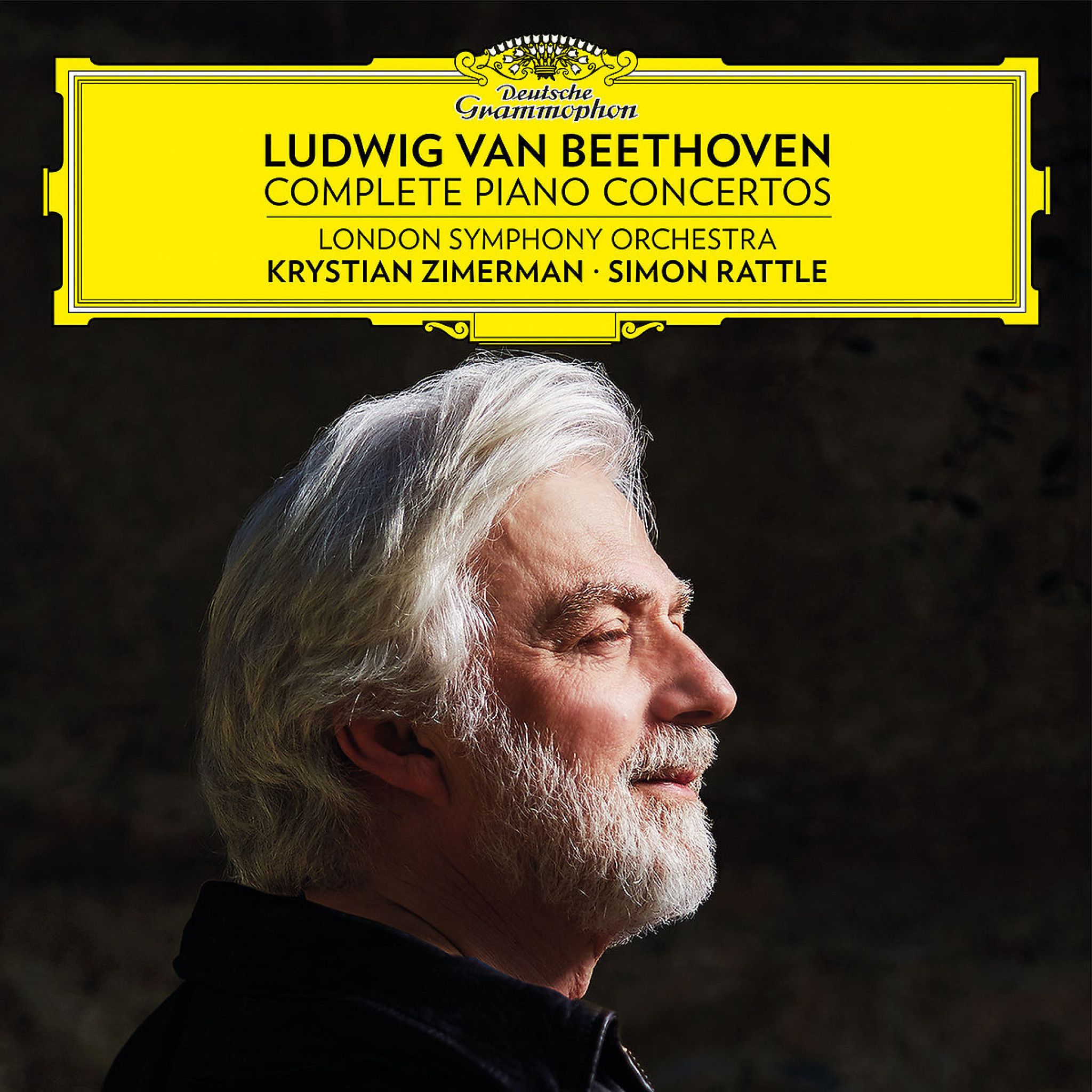
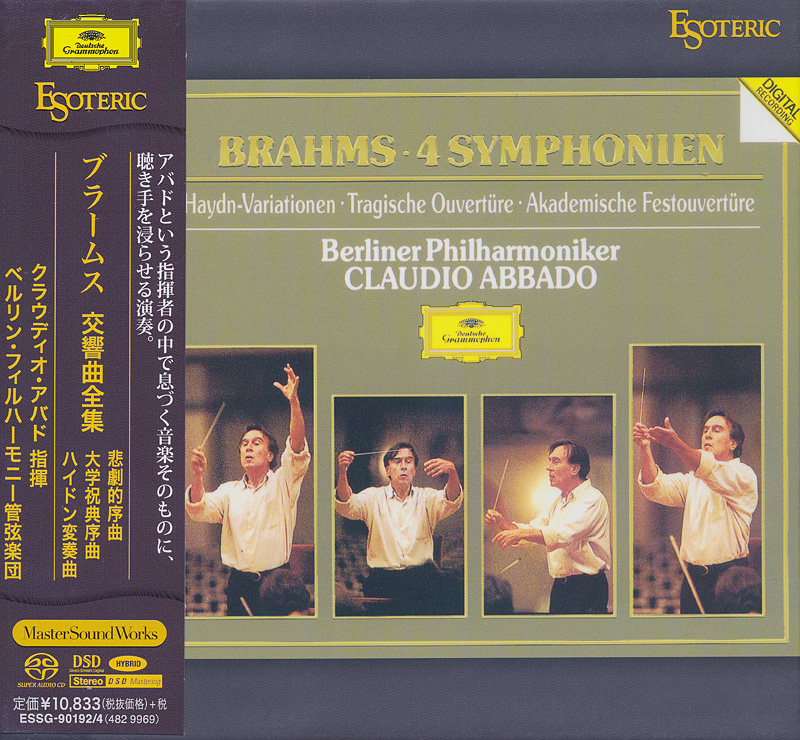
![Karl Bohm & Berliner Philharmoniker – Mozart: The Symphonies, Vol. 2 (1960/69) [Japan 2018] SACD ISO + DSF DSD64 + Hi-Res FLAC](https://imghd.xyz/images/2024/02/07/0086be97.jpg)
![Karl Bohm & Berliner Philharmoniker – Mozart: The Symphonies, Vol. 1 (1969) [Japan 2018] SACD ISO + DSF DSD64 + Hi-Res FLAC](https://imghd.xyz/images/2024/02/05/0086b464.jpg)
![Sir Simon Rattle – R. Strauss: Ein Heldenleben & Le bourgeois gentilhomme (Édition StudioMasters) (2005/2024) [Official Digital Download 24bit/44,1kHz]](https://imghd.xyz/images/2024/01/22/0825646328536_600.jpg)
![London Symphony Orchestra, Sir Simon Rattle – Bruckner: Symphony No. 4 (2022) [Official Digital Download 24bit/192kHz]](https://imghd.xyz/images/2022/12/08/j9ivxyvuu0p0b_600.jpg)
![Wilhelm Furtwängler & Berliner Philharmoniker – Schubert: Symphony No. 9 “The Great” (Remastered) (1942/2023) [Official Digital Download 24bit/96kHz]](https://imghd.xyz/images/2023/12/23/00a624f6.jpg)
![Berliner Philharmoniker – The Unsuk Chin Edition (2023) [Official Digital Download 24bit/44,1kHz]](https://imghd.xyz/images/2023/12/01/ffz6uocmhii2a_600.jpg)